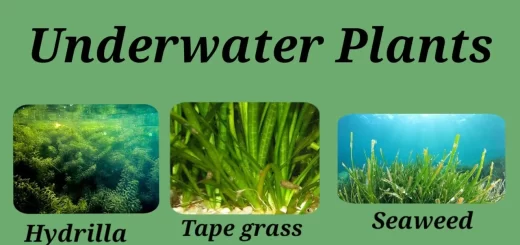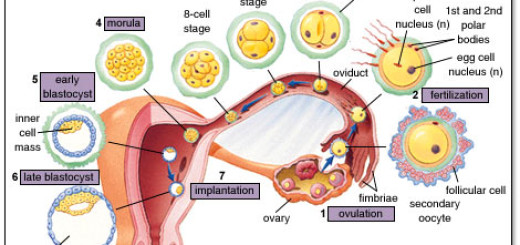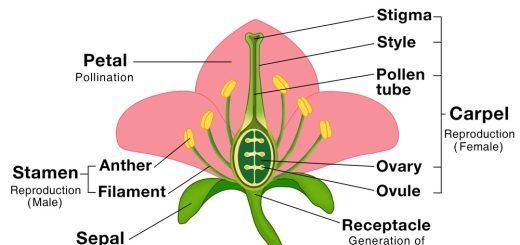Function of large intestine in the human digestive system
The large intestine is a tube that starts from the end of the small intestine and ends with the anus which is located at the end of the rectum, It is shorter than the small intestine in length, the large intestine is considered thicker in diameter, the large intestine is about 5 feet (1.5 m) in length.
Large intestine
The large intestine is connected to the ileum of the small intestine via the ileocecal sphincter, from the ileocecal sphincter the large intestine forms a sideways T extending both superiorly and inferiorly.
The large intestine wraps around the border of the abdominal body cavity from the right side of the body, across the top of the abdomen and finally down the left side.
The function of the large intestine
The large intestine stores the wastes (the food remains), then ejects them outside the body through the anus.
The large intestine is the final section of the gastrointestinal tract that performs the vital task of absorbing water and vitamins, and it converts the digested food into feces.
The function of the rectum
The rectum absorbs the water from the food remains (the wastes). The water absorption by the large intestine does not help only to condense and solidify the feces, but it also allows the body to retain the water to be used in other metabolic processes.
The ions and the nutrients released by gut bacteria and dissolved in the water are also absorbed in the large intestine and used by the body for metabolism.
The dried, condensed fecal material is finally stored in the rectum and sigmoid colon until it can be eliminated from the body through the process of defecation.
You can download Science online application on Google Play from this link: Science online Apps on Google Play
Small intestine, Absorption of digested food, Metabolism, Large intestine and defecation
Digestion in man, Buccal digestion and Gastric digestion (digestion in the stomach)



